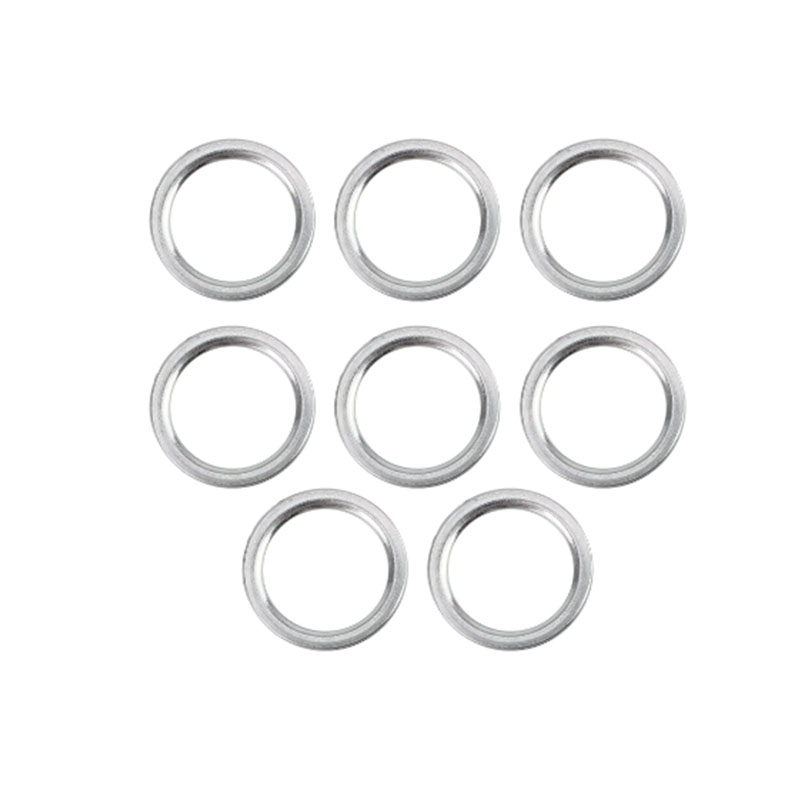Exploring the Importance of Front Main Seals in Engine Performance and Longevity
Understanding the Importance of the Front Main Seal in Automotive Engines
The front main seal is an often overlooked yet crucial component in an automotive engine. This small but essential part plays a significant role in ensuring the proper functioning and longevity of an engine. Understanding the function and importance of the front main seal can help vehicle owners better appreciate their cars and recognize potential issues that could arise from seal failure.
What is the Front Main Seal?
The front main seal is located at the front of the engine, sealing the gap between the crankshaft and the engine block. Its primary function is to prevent engine oil from leaking out of the crankcase while also keeping contaminants, such as dirt and debris, from entering the oil system. The seal is typically made of high-quality rubber or silicone, designed to withstand high temperatures and pressures generated within the engine.
Why is it Important?
1. Preventing Oil Leaks One of the main functions of the front main seal is to prevent oil from leaking out of the engine. Oil is vital for lubricating the moving parts within the engine, and a loss of oil can lead to inadequate lubrication, causing excessive wear and tear on components. Over time, this can result in serious engine damage and costly repairs.
2. Maintaining Engine Pressure The front main seal helps maintain the correct oil pressure within the engine. Proper oil pressure is crucial for ensuring that all engine components receive adequate lubrication. Low oil pressure may result in oil starvation, leading to severe engine problems, including seizures or catastrophic failure.
3. Protecting Against Contaminants By sealing the area around the crankshaft, the front main seal also prevents dirt and debris from entering the crankcase. Contaminants in the oil can cause significant wear on engine components, leading to decreased performance and lifespan. Keeping contaminants out is essential for maintaining the overall health of the engine.
4. Reducing Emissions In modern engines, emissions control is critical for compliance with environmental standards. A properly functioning front main seal helps reduce hydrocarbon emissions by ensuring that oil does not leak into the combustion chamber, where it can be burned and released into the environment.
front main seal

Signs of Front Main Seal Failure
Like any component, the front main seal can wear out over time, leading to potential failure. Recognizing the signs of front main seal failure can save vehicle owners from extensive damage and costly repairs. Common indicators include
- Oil Leaks One of the most obvious signs of a failing front main seal is the presence of oil leaking from the front of the engine. If you notice oil puddles or spots under your vehicle, it may be time to inspect the seal.
- Oil Pressure Warning Light If the oil pressure warning light on your dashboard illuminates, it could indicate a problem with the front main seal, resulting in low oil pressure.
- Burning Oil Smell A burning oil smell can indicate that engine oil is leaking onto hot engine components, leading to smoke and potential fire hazards.
- Engine Noise Unusual noises from the engine could signal insufficient lubrication due to oil loss from a failing front main seal.
Conclusion
The front main seal may be small, but its importance in an automotive engine cannot be overstated. By preventing oil leaks, maintaining pressure, and protecting against contaminants, it plays a pivotal role in the engine's overall health. Regular maintenance and timely inspection of this component can help ensure that your vehicle runs smoothly for years to come. Vehicle owners should remain vigilant for signs of seal failure and address any issues promptly to avoid costly repairs down the line. Understanding the role of the front main seal is essential for anyone looking to keep their engine in optimal condition.
-
oil-drain-plug-washer-reusable-types
News Aug.22,2025
-
oil-drain-plug-replacement-guide
News Aug.22,2025
-
heavy-duty-seal-waterproof-features
News Aug.22,2025
-
engine-oil-seals-installation-guide
News Aug.22,2025
-
seal-oil-for-sale-high-temperature-grade
News Aug.22,2025
-
cassette-seal-compact-design
News Aug.22,2025
-
Simplifying Oil Changes: A Comprehensive Guide to Oil Drain Plugs and Their Variants
News Aug.04,2025
Products categories















